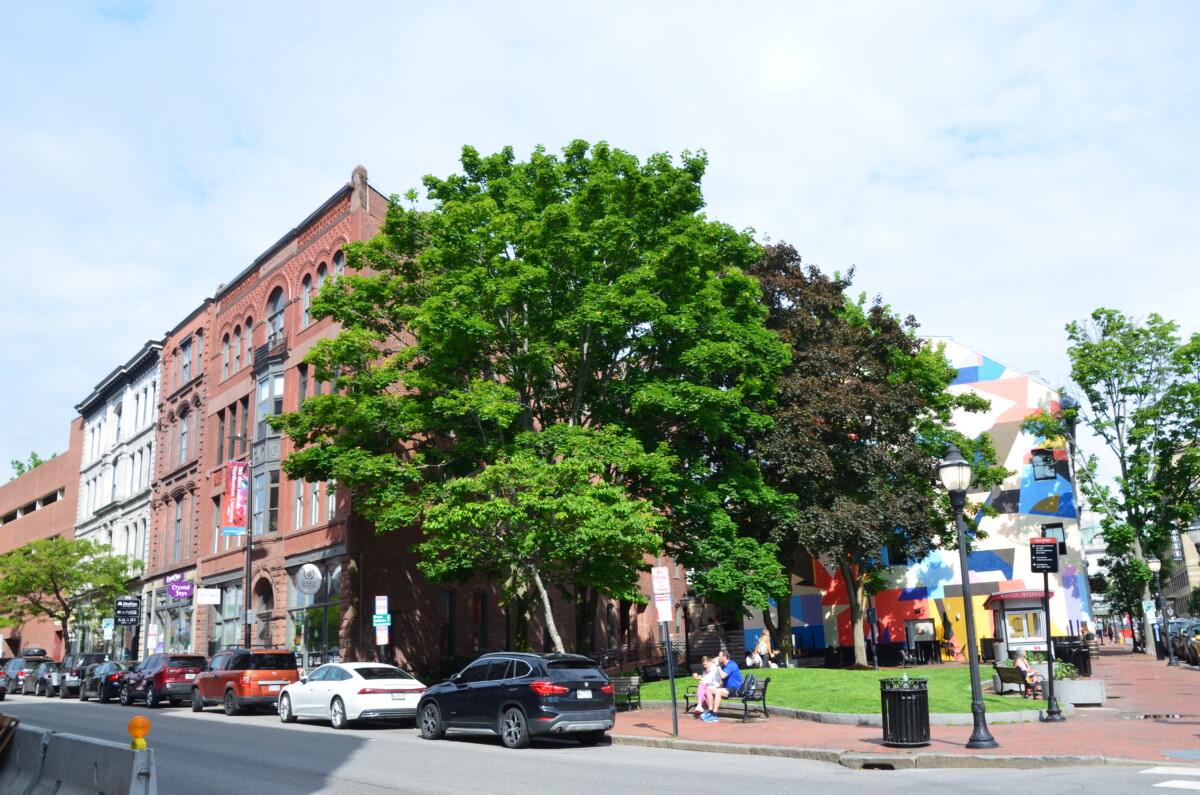A Morning in Portland, Maine
Our trip to the Maritime Provinces of Canada was coming to a close and we had to drive back to Boston for our flight home. By rearranging the itinerary to explore Halifax, Peggy’s Cove, and Lunenburg, we didn’t think we’d spend any time in Portland, Maine.
However, we found a way to squeeze a bit of time there. By powering through a six-hour drive from Saint John, New Brunswick to Portland (after taking the 2.5-hour ferry from Nova Scotia), we arrived in Portland around midnight. This left the next morning to explore the city before heading to Boston.
(more…)


